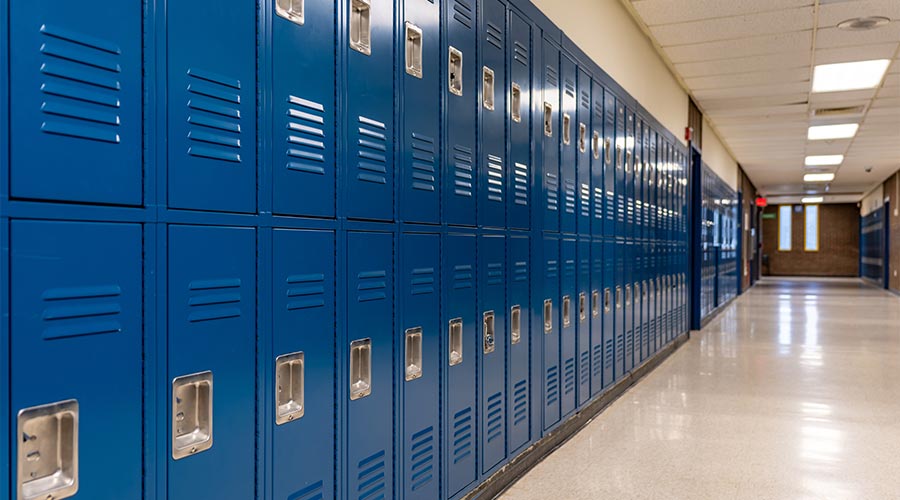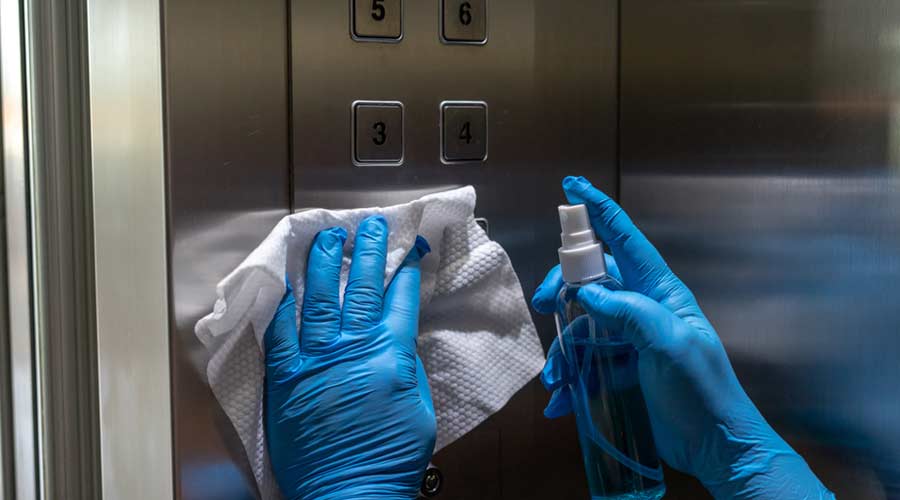
With summer break in full swing, schools nationwide are experiencing a much-needed pause in daily operations. While classrooms may be empty, this transitional period is the perfect time to evaluate the current cleaning routine and make meaningful changes to support a healthier, more sustainable learning environment.
To help your school establish a green cleaning routine, consider the following tips:
1. Take Inventory and Audit Your Current Supplies
Summer is the perfect time to declutter supply closets, safely dispose of expired or hazardous chemicals and identify opportunities to swap out traditional products for more environmentally friendly options.
Before introducing new products or protocols, evaluate your current cleaning routine and tools. Are your products certified by trusted third-party organizations like Green Seal or EPA Safer Choice? If not, consider switching to those that are.
“Conducting a thorough inventory audit is a critical first step in creating a sustainable cleaning program,” says Carlos Albir, Jr., Vice President of Operations, ABCO Cleaning Products. “A well-organized, environmentally friendly inventory not only supports your sustainability goals but also makes future purchasing more efficient and intentional.”
2. Choose Third-Party Certified Cleaning Tools
Investing in sustainable cleaning tools is foundational in creating a green cleaning routine. By choosing environmentally friendly equipment, cleaning teams can help reduce waste, conserve resources and minimize exposure to harmful substances. Selecting tools and products certified by third-party organizations helps ensure they meet strict environmental health standards, including low volatile organic compounds (VOCs) levels. These low-VOC options help maintain better indoor air quality, supporting a healthier learning environment for students and staff.
3. Focus on Training and Green Cleaning Education
Training and education are essential for establishing an effective green cleaning routine. Without proper knowledge, even environmentally friendly products can be underutilized or misapplied. Fifty-nine percent of employees say receiving training helps improve their overall job performance. By providing custodial staff with targeted training, managers can help ensure their custodial team’s cleaning practices are aligned with sustainability goals.
4. Implement a Waste Reduction Plan
Waste reduction is a core pillar of sustainability. A strong green cleaning routine should include strategies that minimize waste during cleaning processes. To reduce unnecessary waste, start by replacing single-use cleaning tools with durable, reusable alternatives.
“Waste reduction is not just about throwing less away, it’s about rethinking how we clean,” Albir adds. “By choosing reusable tools and encouraging proper disposal, schools can take meaningful steps toward a greener future.”
Additionally, place clearly labeled recycling and trash bins in high-traffic areas to encourage proper disposal and sorting. A well-executed waste reduction program not only helps cut down on landfill contributions but also lowers carbon emissions, significantly reducing a school’s environmental footprint.
5. Create a Cleaning Schedule
Developing a structured cleaning schedule is key to maintaining a successful green cleaning routine. A detailed plan helps ensure sustainable practices are applied consistently across all areas of the school. The schedule should outline daily, weekly and monthly tasks based on factors such as foot traffic and room usage, while also accounting for special events and summer programs to reduce disruption.
Be sure to specify which products should be used and where, so the custodial team can follow the routine accurately and effectively. This level of clarity helps reinforce green cleaning practices and promotes a healthier, more organized school environment.
Schools can move toward a healthier, greener future by using summer break as a time for reflection and transition. A green cleaning routine supports environmental goals and promotes better indoor air quality, reduces exposure to harsh chemicals and sets a positive example for students.

 The Down and Dirty on Cleaning in Virus Season
The Down and Dirty on Cleaning in Virus Season How Surfactant Use is Expanding in Commercial Cleaning
How Surfactant Use is Expanding in Commercial Cleaning